Title: A Guide to Different Types of Pears: Flavor, Appearance, and Culinary Uses Introduction: Pears are a versatile and delicious fruit that come in a variety of types, each offering unique flavors, textures, and colors. From the crisp and juicy to the soft and buttery, pears are a favorite ingredient in various culinary preparations, including salads, desserts, and even savory dishes. In this article, we will explore some of the most popular types of pears, highlighting their distinguishing characteristics, flavor profiles, and culinary uses. Whether you are an adventurous cook or a pear aficionado, this guide will help you navigate the world of pears and make informed choices for your culinary adventures. 1. Bartlett Pear: – Appearance: Yellow-green color that turns golden when ripe. Smooth skin with occasional russeting. – Flavor: Juicy and sweet with a hint of tartness. It has a classic pear fragrance and a buttery texture when fully ripe. – Culinary Uses: Ideal for both eating fresh and cooking.
fruit
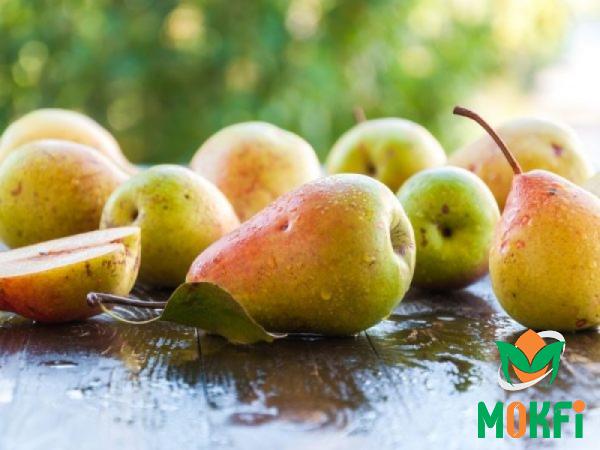 They are often used in salads, desserts, and preserves. Bartlett pears can also be canned and used in baking pies and tarts. 2. Anjou Pear: – Appearance: Green or sometimes red-skinned pears. The skin may have a slight russeting and wrinkling. – Flavor: Smooth, sweet, and slightly citrusy. Anjou pears retain their texture well when cooked. – Culinary Uses: Anjou pears are excellent for snacking, baking, and poaching. They hold their shape well in cooked dishes, making them a great choice for tarts, pies, and other desserts. 3. Bosc Pear: – Appearance: Rust-brown skin with a long tapered neck and a firm, dense flesh. – Flavor: Crisp, mildly sweet, and slightly spicy. Bosc pears have a more intense flavor than other varieties. – Culinary Uses: Due to their firm texture and intense flavor, Bosc pears are often used in baking, grilling, roasting, and poaching. This pear variety is well-suited for dishes that require retaining shape and texture, such as tarts, galettes, and roasted pear salads. 4. Comice Pear: – Appearance: Round and plump with a pale green to yellow skin. Often characterized by a russeted appearance. – Flavor: Exceptionally sweet, juicy, and buttery.
They are often used in salads, desserts, and preserves. Bartlett pears can also be canned and used in baking pies and tarts. 2. Anjou Pear: – Appearance: Green or sometimes red-skinned pears. The skin may have a slight russeting and wrinkling. – Flavor: Smooth, sweet, and slightly citrusy. Anjou pears retain their texture well when cooked. – Culinary Uses: Anjou pears are excellent for snacking, baking, and poaching. They hold their shape well in cooked dishes, making them a great choice for tarts, pies, and other desserts. 3. Bosc Pear: – Appearance: Rust-brown skin with a long tapered neck and a firm, dense flesh. – Flavor: Crisp, mildly sweet, and slightly spicy. Bosc pears have a more intense flavor than other varieties. – Culinary Uses: Due to their firm texture and intense flavor, Bosc pears are often used in baking, grilling, roasting, and poaching. This pear variety is well-suited for dishes that require retaining shape and texture, such as tarts, galettes, and roasted pear salads. 4. Comice Pear: – Appearance: Round and plump with a pale green to yellow skin. Often characterized by a russeted appearance. – Flavor: Exceptionally sweet, juicy, and buttery.
Specifications of fruit
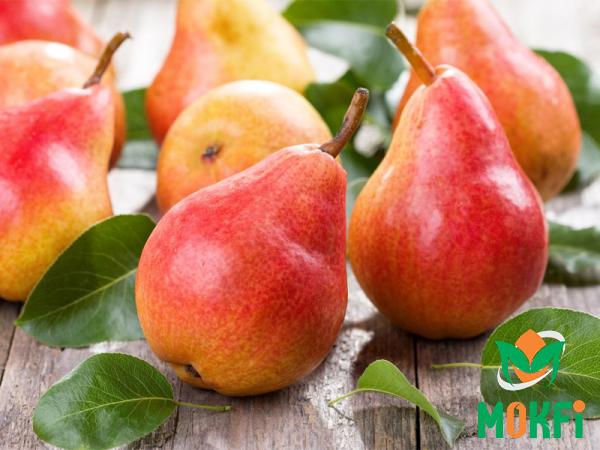 Comice pears have a delicate floral aroma. – Culinary Uses: Comice pears are perfect for eating fresh, as they melt in your mouth. They also pair well with cheese and are often used in salads, desserts, and fruit platters. 5. Conference Pear: – Appearance: Green skin that turns yellow with a pinkish blush when fully ripe. Long and slender in shape. – Flavor: Crisp, slightly sweet, and tangy. Conference pears have a pleasant aroma. – Culinary Uses: These pears are excellent for eating fresh, as well as poaching, baking, and grilling. They hold their shape well when cooked and are a popular choice for poached pear desserts. 6. Asian Pear (Nashi Pear): – Appearance: Round and apple-like in shape, with a yellow or light green skin. – Flavor: Sweet and juicy, with a crunchy texture. Asian pears have a mild flavor with faint floral notes. – Culinary Uses: These pears are enjoyed fresh and are popular in Asian cuisines. They are also used in salads, slaws, and stir-fries, as they retain their crispness even when cooked. 7. Seckel Pear: – Appearance: Small, round-shaped pears with a deep red or maroon color, often covered in freckles.
Comice pears have a delicate floral aroma. – Culinary Uses: Comice pears are perfect for eating fresh, as they melt in your mouth. They also pair well with cheese and are often used in salads, desserts, and fruit platters. 5. Conference Pear: – Appearance: Green skin that turns yellow with a pinkish blush when fully ripe. Long and slender in shape. – Flavor: Crisp, slightly sweet, and tangy. Conference pears have a pleasant aroma. – Culinary Uses: These pears are excellent for eating fresh, as well as poaching, baking, and grilling. They hold their shape well when cooked and are a popular choice for poached pear desserts. 6. Asian Pear (Nashi Pear): – Appearance: Round and apple-like in shape, with a yellow or light green skin. – Flavor: Sweet and juicy, with a crunchy texture. Asian pears have a mild flavor with faint floral notes. – Culinary Uses: These pears are enjoyed fresh and are popular in Asian cuisines. They are also used in salads, slaws, and stir-fries, as they retain their crispness even when cooked. 7. Seckel Pear: – Appearance: Small, round-shaped pears with a deep red or maroon color, often covered in freckles.
buy fruit
 – Flavor: Intensely sweet with a hint of spice. Seckel pears have firm, crisp flesh. – Culinary Uses: Seckel pears are usually eaten fresh, used in salads, or added to cheese platters. Due to their size, they are also commonly used for garnishes and decorations in desserts and cocktails. Conclusion: From the classic and widely recognized Bartlett to the exotic and flavor-packed Seckel, the wide variety of pears available offers something for every palate. Whether you enjoy them fresh, cooked, baked, or poached, pears bring a unique combination of sweetness, juiciness, and texture to culinary creations. Understanding the characteristics, flavor profiles, and recommended culinary uses of different pear types can elevate your dishes and help you appreciate the diverse world of this delightful fruit. So, next time you head to the grocery store or farmer’s market, consider trying a new type of pear to enhance your culinary experiences.
– Flavor: Intensely sweet with a hint of spice. Seckel pears have firm, crisp flesh. – Culinary Uses: Seckel pears are usually eaten fresh, used in salads, or added to cheese platters. Due to their size, they are also commonly used for garnishes and decorations in desserts and cocktails. Conclusion: From the classic and widely recognized Bartlett to the exotic and flavor-packed Seckel, the wide variety of pears available offers something for every palate. Whether you enjoy them fresh, cooked, baked, or poached, pears bring a unique combination of sweetness, juiciness, and texture to culinary creations. Understanding the characteristics, flavor profiles, and recommended culinary uses of different pear types can elevate your dishes and help you appreciate the diverse world of this delightful fruit. So, next time you head to the grocery store or farmer’s market, consider trying a new type of pear to enhance your culinary experiences.
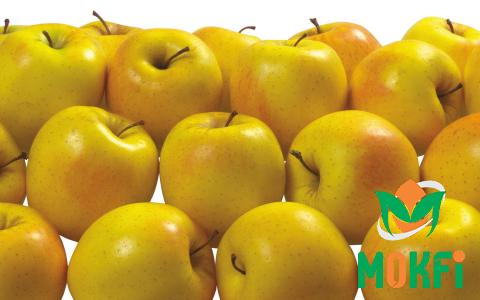
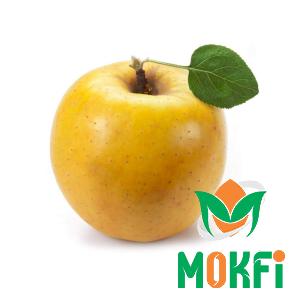
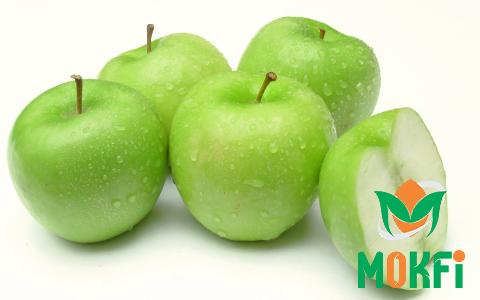
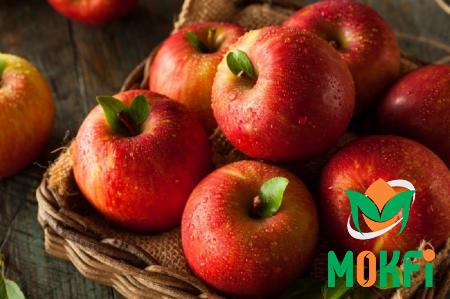
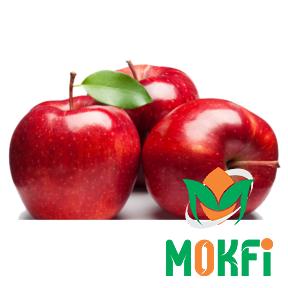
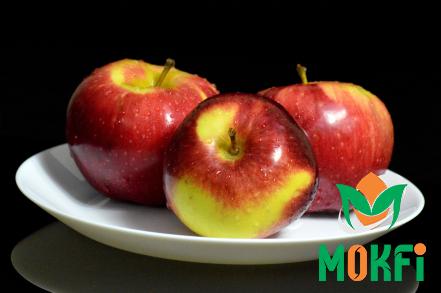
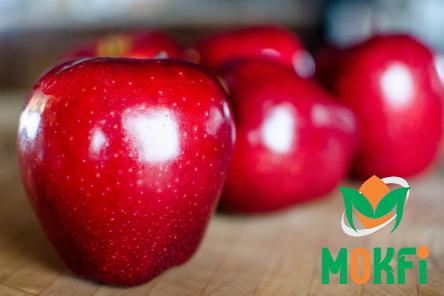
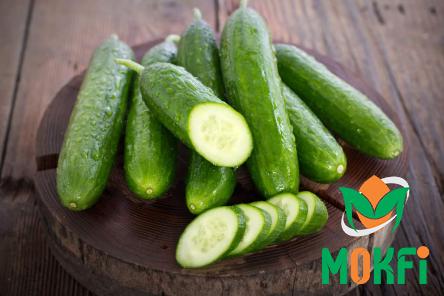
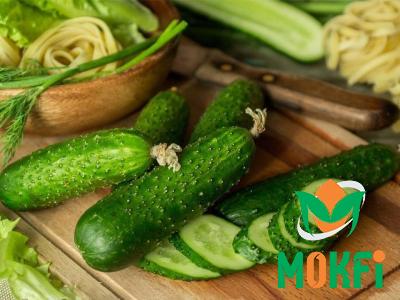
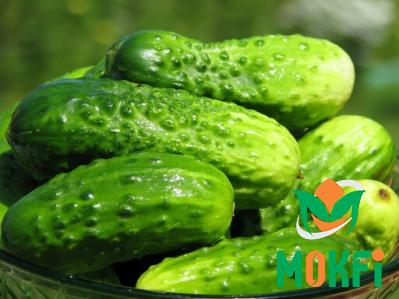
Your comment submitted.